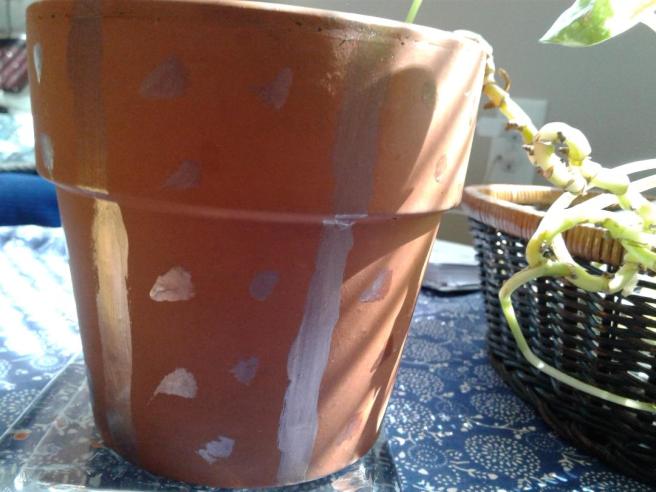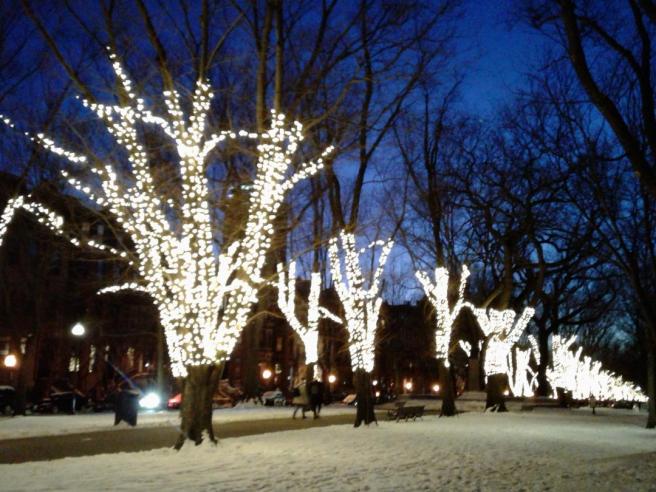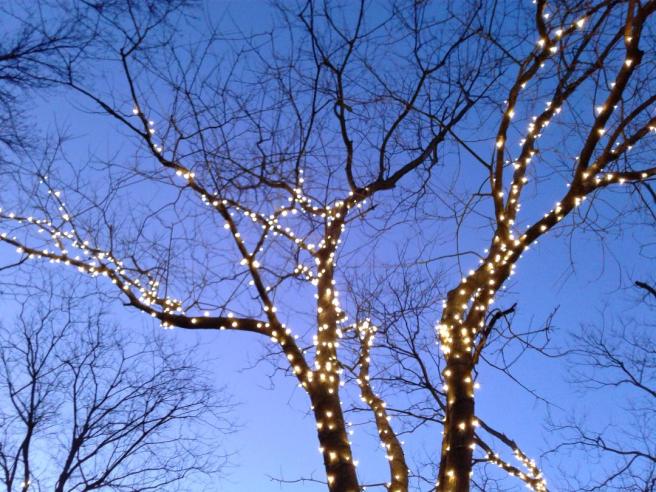Sometimes, another artist’s work opens up a Creative breathing space in a brimming-over world. Art can be like walking into a wooded place in a city park, or glimpsing the ocean between dunes. I recently read a memoir by poet Maxine Kumin, and one sentence just randomly became that little pool you might come across in a mountain stream, a place to dip your feet and splash. I’m not sure why this sentence, but this sentence about being the mushroom expert at a writers’ retreat:
I know enough to…never pick any mushroom with white gills—the underpart of the cap—for fear of unknowingly gathering the destroying angel…
Her descriptions of fungi and this foraging hike are wonderful, but this sentence woke up great pleasure in ordinary language, and in the complexity of language, as pictures suddenly tumbled around my mind.
Gills. Once I found a plastic bag of fish on the beach. Someone on a boat had let the day’s catch fall into the water and float away. I tore it open to keep the plastic menace away from the gulls and met six pairs of eyes hard as glass and sharp-looking fins. But the gills’ white skin looked vulnerable and helpless in the dry air. That was where death pointed itself out to me, as it did for Kumin, in the gills. Alas. Walk on, though, and let the birds laugh and feast.
Fish have gills, and so do the small fungal shelves and umbrellas on collapsing logs. They appear in the living sea and on decaying parts of the earth, these open fans of gills. It’s only in working through my draft of this post that I remember a poem by Sharon Olds, “The Winter After Your Death.” She uses the image of a closing fan to describe sunset, and a starkly bright fish in a pond to embody many things. I think my own use of “fan” pulled up this poem, the unconscious source of my word choice here. Of course, being obsessed with the 18th century, I’m likely to throw a fan image in wherever possible, so maybe that was it. I don’t know. My feet are just splashing and enjoying the stream.
The word cap turns the mushroom into a little figure wearing one to shade its eyes, and then the circle of gills becomes an old-fashioned neck ruff. It morphs into a bottle of spores with its cap on. How capital! Oh, that satisfying little pop when you decapitate a mushroom by breaking off the stalk. And the aroma of them, cooking in oil on a chilly winter night. Still playing.
If you’ve faithfully watched any British mystery series with a countryside setting, I bet you’ve seen the Murder by Destroying Angel plot. I can remember two without even putting on my thinking…cap. That basket of foraged mushrooms on the table in the inn kitchen that no one thought to guard from interference. Who would notice a couple of extra ones? Sneaky poison that, eh, Inspector?
Despite its being National Literature and Poetry Month (HUZZAH), I won’t even get into Paradise Lost, which is full of angels as violent warriors attacking and defending Heaven. The would-be Destroying Angel is seemingly destroyed, falling and falling. But later, that whole snake and apple thing.
Kumin just used the Words for Things when she had something to say about these simple lives in the woods. She was also writing about a relationship between the body/mind and nature, about Paying Attention in the world, and about harvesting, both as a forager and as an artist. I enjoyed foraging in these words of hers I came upon and hope I used the harvest well.
My copy of Maxine Kumin’s The Pawnbroker’s Daughter was published by Norton in 2015.


 For many years I thought I enjoyed and was thankful for Boston’s chain of green spaces, called the Emerald Necklace. I had no real idea what those emotions were. Now those spaces are where I spend the two hours out of 24 that I’m not in my studio apartment. And they have water and woods and birds and turtles and flowers and sky. Yeah.
For many years I thought I enjoyed and was thankful for Boston’s chain of green spaces, called the Emerald Necklace. I had no real idea what those emotions were. Now those spaces are where I spend the two hours out of 24 that I’m not in my studio apartment. And they have water and woods and birds and turtles and flowers and sky. Yeah.




